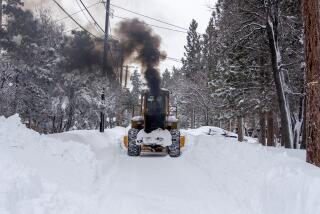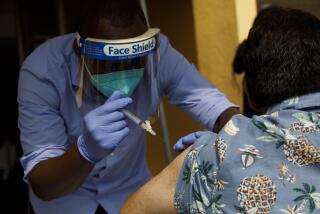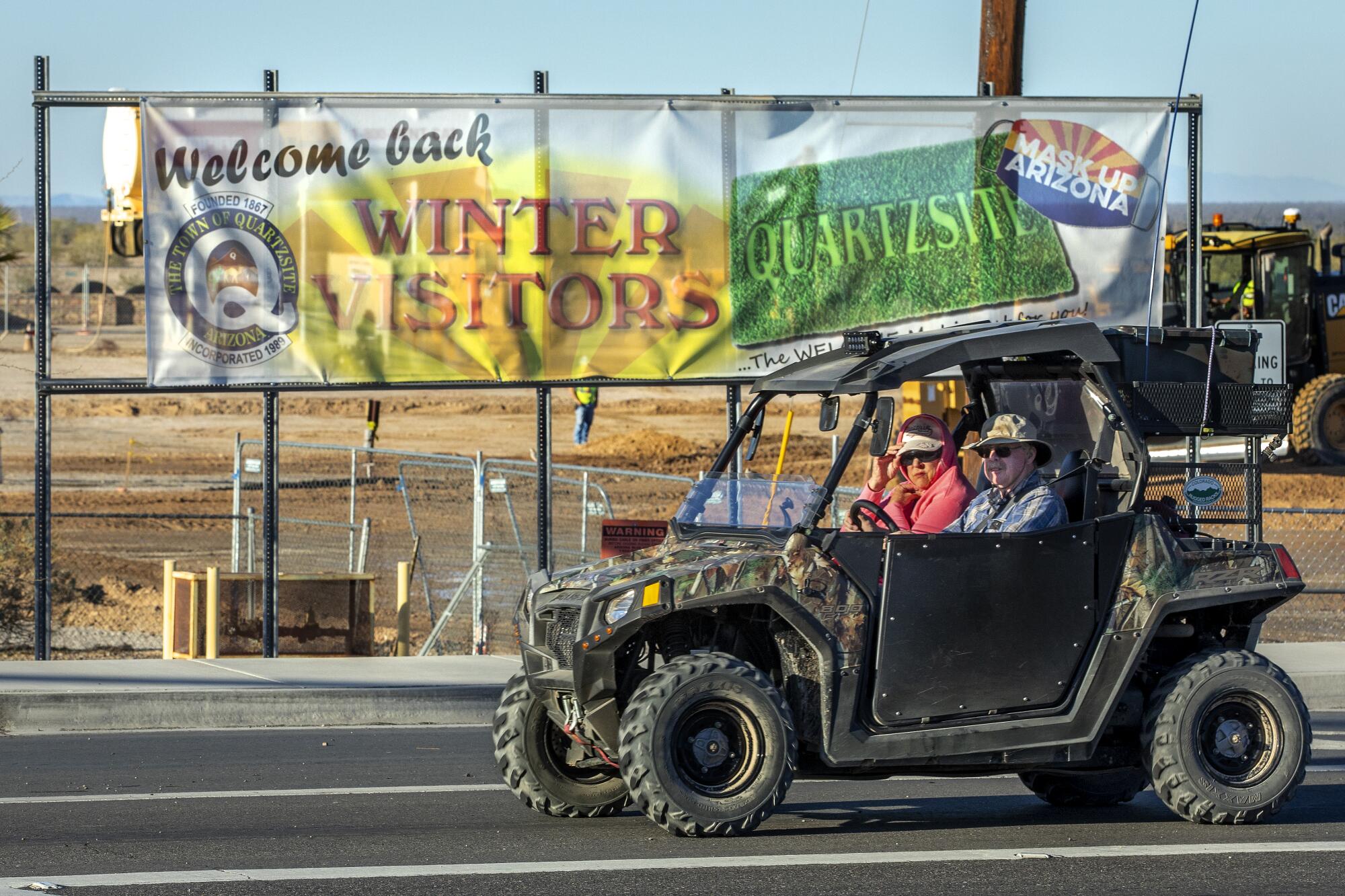
John Lane can’t wait for the snowbirds to leave town this year.
In search of warmer weather and wide-open spaces, the seasonal visitors flock south and west each winter in their RVs and camper vans, quadrupling the population of this Arizona desert town.
They are usually greeted warmly as they fill their ample free time — and boost the local economy — zipping around town in golf carts to take in gem shows, dine in restaurants or patronize the shuffleboard courts. But in the midst of the pandemic, many of the part-time visitors have focused on a more high-stakes activity: seeking out doses of COVID-19 vaccine.
And that’s created some tension in town.
“They’re taking away vaccines from locals,” said Lane, 68, a year-round resident and Vietnam veteran. Lane works full time at Family Dollar and says he has struggled to find the time to maneuver the county website for an appointment.
Besides, he adds, he is not the best with technology, and when he tries to make an appointment by phone, he has been placed on hold for hours.
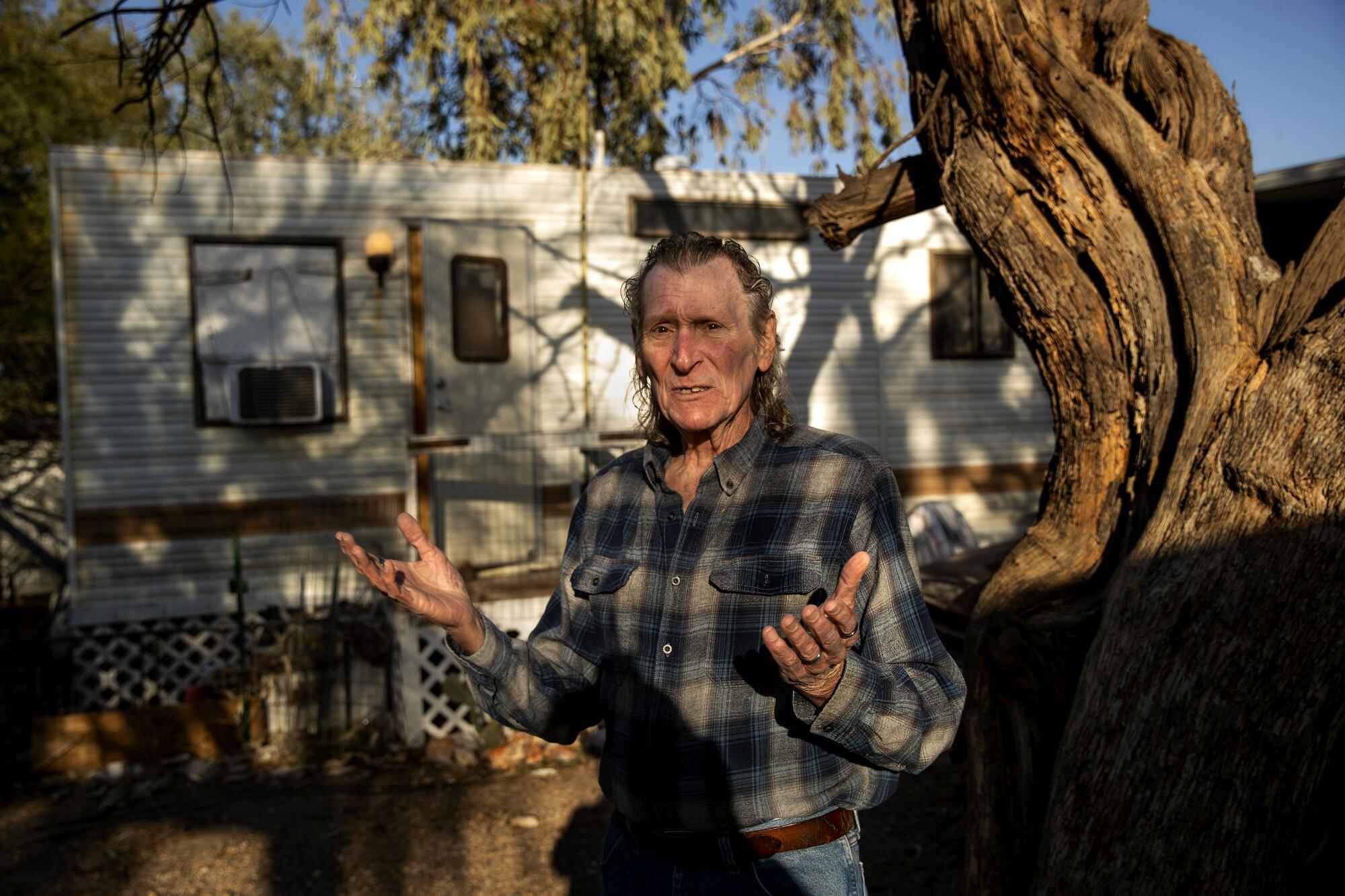
A mile from the store, along Main Street, Janet Cron spent a recent afternoon reclining in shorts on her back patio at 88 Shades RV Park. She looked up at the bright blue sky and smiled. It was 75 degrees in Quartzsite that day and 19 degrees in her hometown of Flaxton, N.D., where she owns a soy farm.
For the last four years, Cron has spent each winter in this community — a short drive from the California border — that swells to more than 15,000 people from October to March.
“Pandemic or not, I would be here anyway,” said Cron, 76.
And so it only made sense, she said, that she get the Moderna vaccine where she is currently residing.
“It’s available, so I got it,” she said matter-of-factly.
As the rollout of vaccines across the country enters its third full month, states and local jurisdictions continue to scramble for available doses to protect against a virus that has already led to the deaths of more than 524,000 Americans. With states — and often counties — having had to adopt individual approaches, confusion and angst have ensued over who gets the earliest doses.
In Arizona, people 55 and older are currently eligible to get vaccinated. They do not have to be permanent residents as most county websites note that “temporary” residents — even those from Canada — can receive a dose. (That differs, for example, from rules in several New England states where only permanent residents can receive the vaccine.)
“They’re taking away vaccines from locals.”
— John Lane, 68, a full-time resident, who is a Vietnam Veteran and works at the local Family Dollar
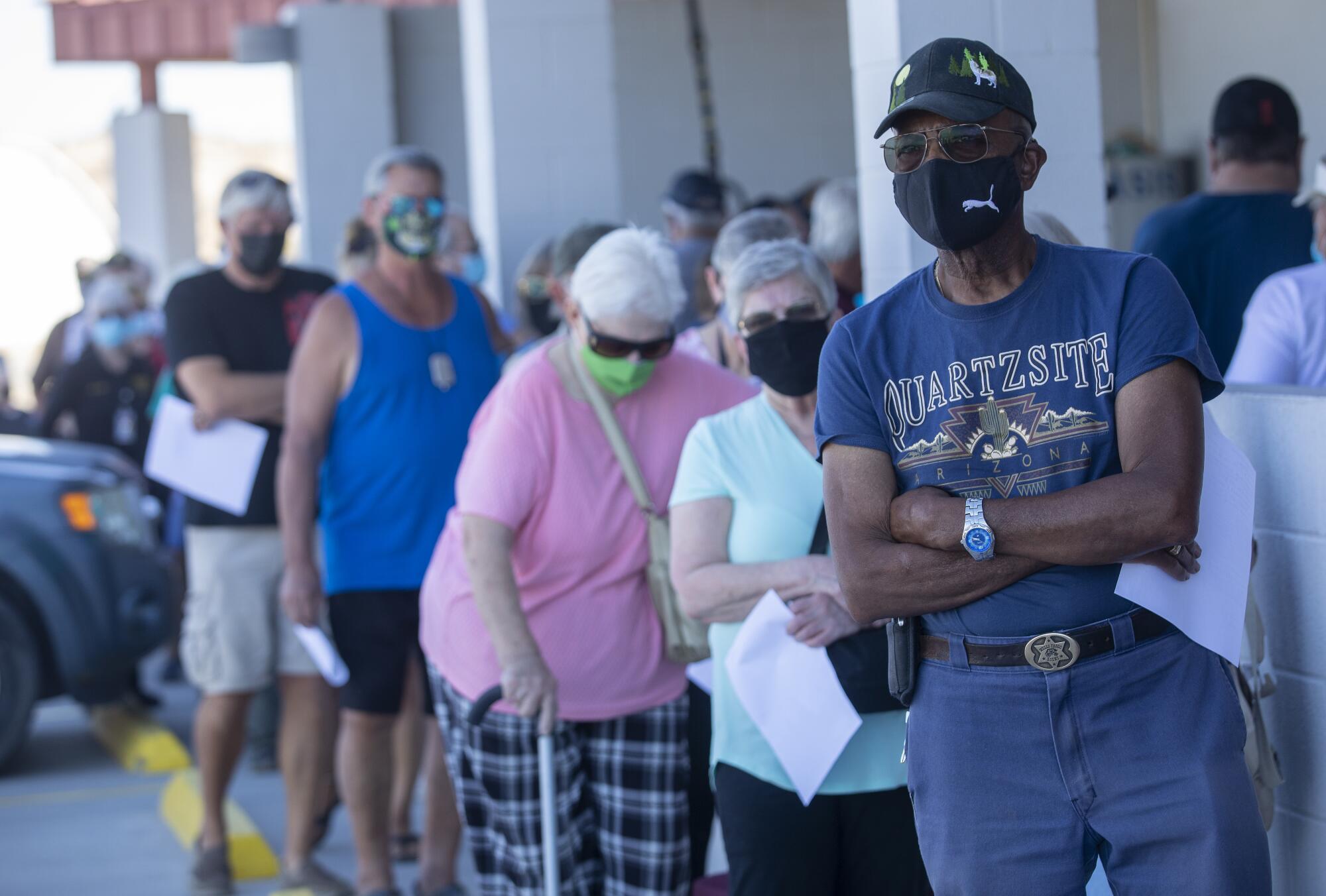
The logistical quandary of the two-dose Moderna and Pfizer-BioNTech vaccines needing to be refrigerated — the latter in extremely cold conditions — has complicated shipment and storage in remote rural areas. The newly approved single-dose Johnson & Johnson vaccine, which requires standard refrigeration, should help speed up the vaccination process.
But for now, the scarcity debate continues to weigh heavily in places such as Quartzsite. Should essential workers be prioritized, or should doses be doled out strictly by age? Should one have to live in a state to get the vaccine there? What if one lives there only part time? And if so, how many months is enough?
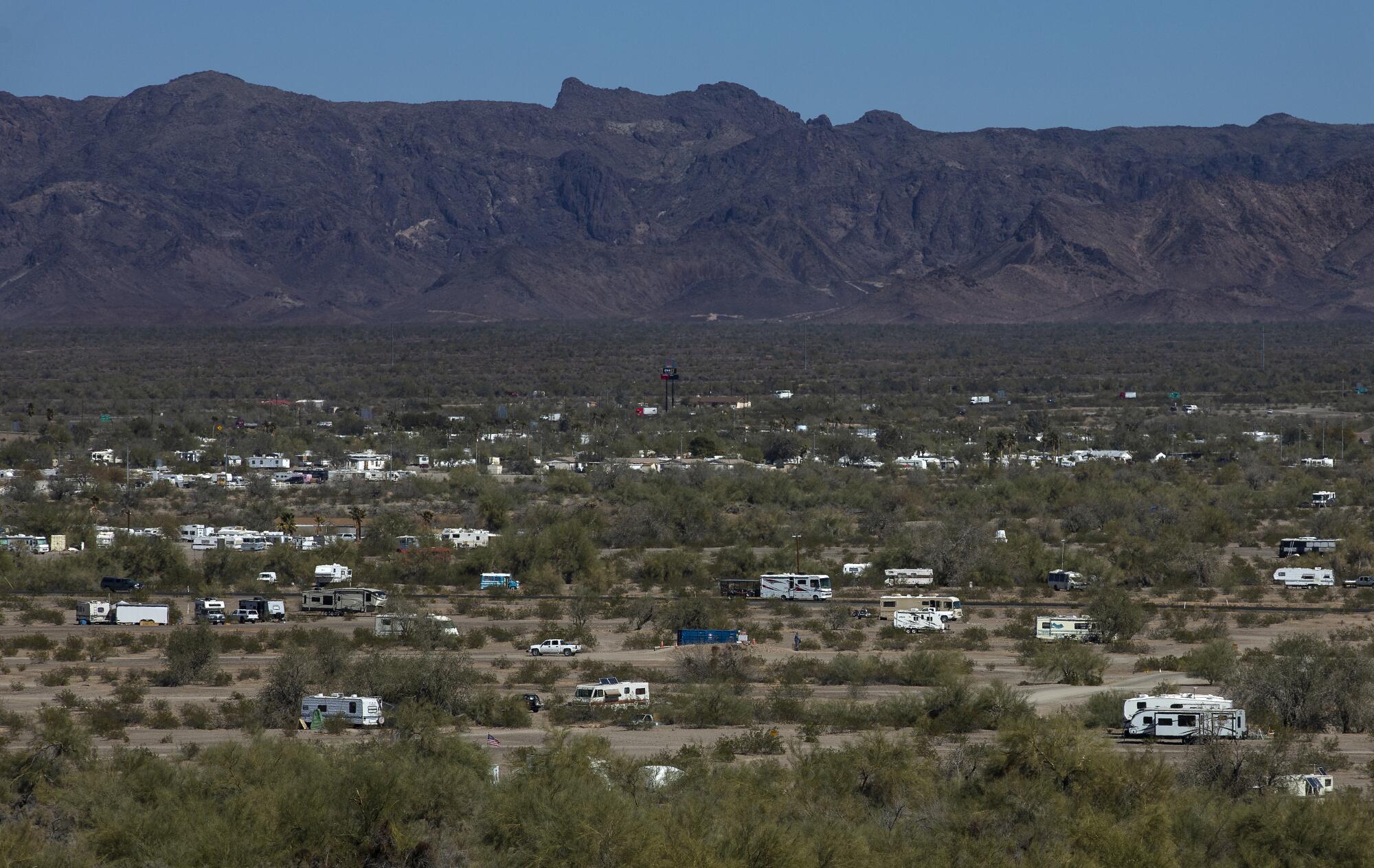
In states such as Arizona and Florida, where tens of thousands of snowbirds decamp each winter, officials have toggled between the interests of locals — those who voted them into office — and those of seasonal residents, who bolster the economy and may eventually become permanent residents (and voters).
In January, under an order signed by Florida Gov. Ron DeSantis, thousands of people from out of state who were older than 65 were getting vaccinated. Before long, reports of Canadians traveling to the state specifically to get their shots led officials to shift to a full-time or seasonal residency requirement.
Now, officials are allowing only those who can prove year-round or seasonal residency — with a lease or driver’s license — to be vaccinated in Florida, whose population swells by 5% during wintertime.

Arizona Gov. Doug Ducey, taking a different tack, in January asked the Biden administration and members of Congress for an additional 300,000 doses to help vaccinate winter visitors.
“We’ve got a lot of people that come to Arizona,” Ducey said on CNN. “It’s 68 degrees, and people migrate here from cold-weather states. They need vaccinations as well.”
Because of their age, most snowbirds are in the high-risk category, Arizona officials note, and preventing serious illness saves hospitals from running out of intensive care unit beds. In recent months, Arizona became a hot spot for the coronavirus, with the highest infection rate in the country. The state has seen 825,000 cases and 16,200 deaths in the last year.
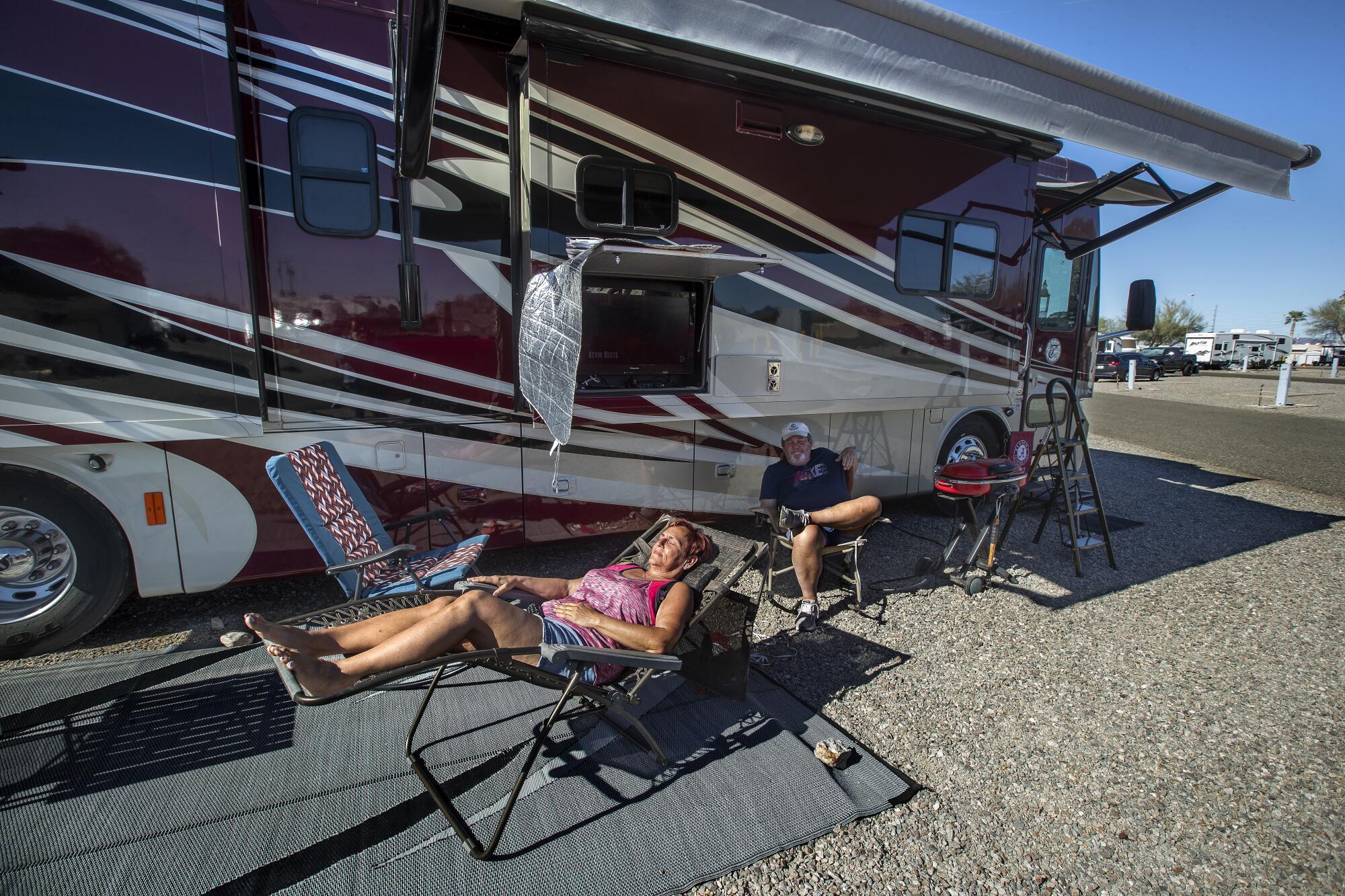
But Ducey’s comments about snowbirds and the vaccine also raise questions of equity. As in most states, Black and Latino people, who make up a large portion of essential workers and have died from the coronavirus at higher rates, have received vaccines at rates far lower than that of white people — the predominant demographic of the state’s snowbirds.
In Quartzsite, surrounded by flat, dusty plains accented by towering saguaro, sun-bleached signs around town read “Welcome Back Winter Visitors,” and license plates attached to RVs read Idaho, Minnesota, Alberta.
Conversations at restaurants, where indoor dining is allowed, often sway between, how long have you been here? and when do you plan to head back home?
These days, there’s been a lot of talk too about “Nomadland,” the Oscar best picture contender partially filmed in Quartzsite, and about vaccines.
Almost as soon as the pandemic hit a year ago, discussions began about how to approach the typical influx of snowbirds, said Shanana Rain Golden-Bear, president of the Quartzsite Area Chamber of Commerce and Tourism.
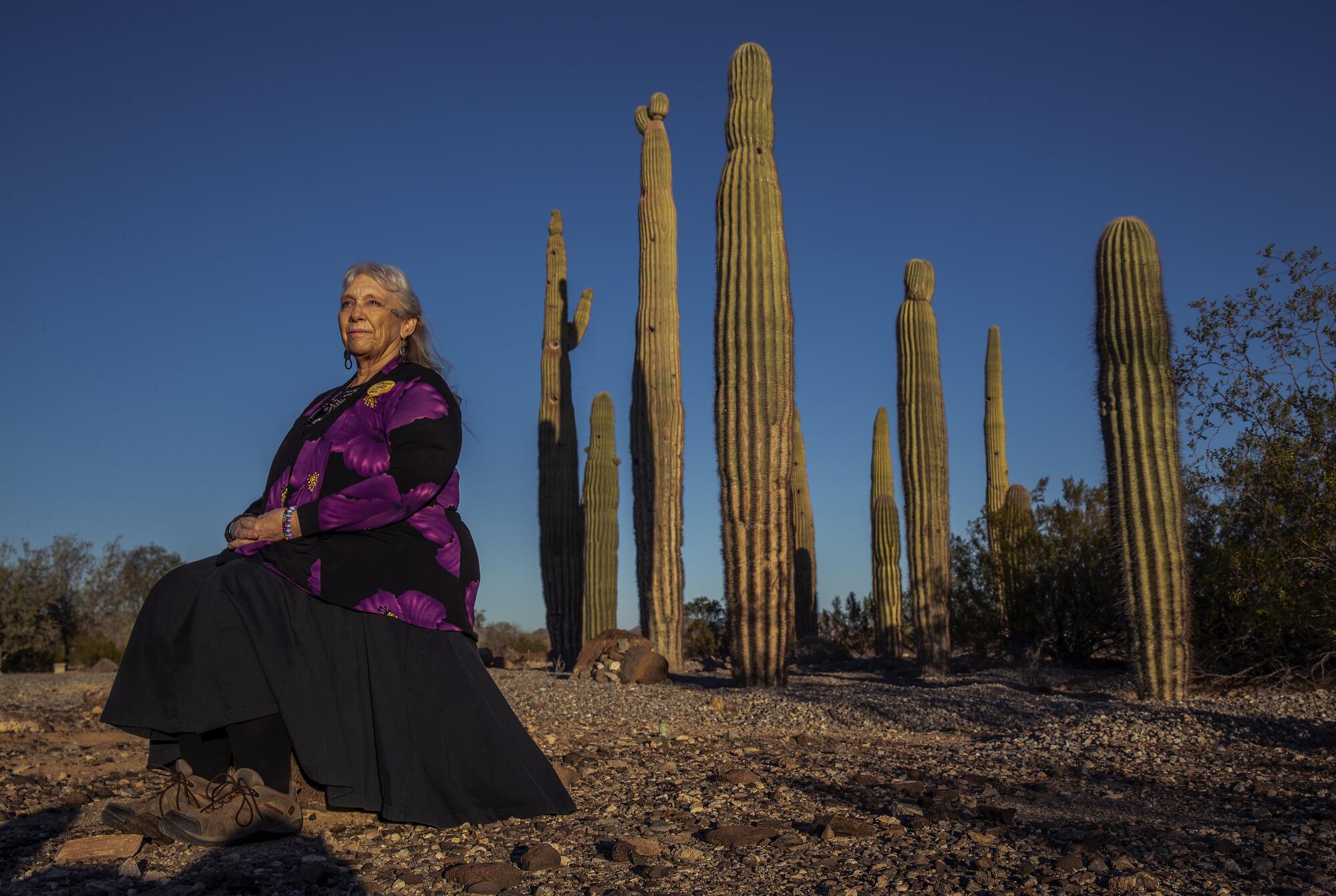
“A lot of people wanted them out,” she said. “But they were already here, so we had to take safety measures, make sure we had rules in place to keep people safe.”
Golden-Bear, who settled in Quartzsite in 2010 and runs the town’s newspaper, the Desert Messenger, was once a snowbird, coming here most winters from Oregon.
“It’s a lifestyle ingrained in the community,” she said.
While concerns from locals are valid, she said, it’s best to vaccinate those here.
“The more people who are eligible to get vaccinated and who do,” she explained, “the better for the community as a whole.”
To date, Arizona has received roughly 2.2 million doses, with most going to major cities such as Phoenix and Tucson. The allotment for La Paz County, where Quartzsite is, was 7,000 doses as of late February.
Cron, the 88 Shades RV Park resident, on a recent morning pedaled a recumbent bicycle while holding the leash of her miniature Australian shepherd, Miley. The incessant rumble of 18-wheelers barreling along Interstate 10 filled the air.
Like the thousands of other snowbird retirees who travel here —mostly by RV — Cron says that “during winter, this is my home.” When her park-model mobile home needed upgrades, she contacted a local repairman.
She volunteers sweeping sidewalks at her RV park, and when the pandemic hit, Cron — who retired a few years ago from her four-decade job as a county assessor in North Dakota — abided by physical distancing rules. She thinks about the 2,400 who have gotten sick in La Paz County, she says, and the nearly 100 who have died.
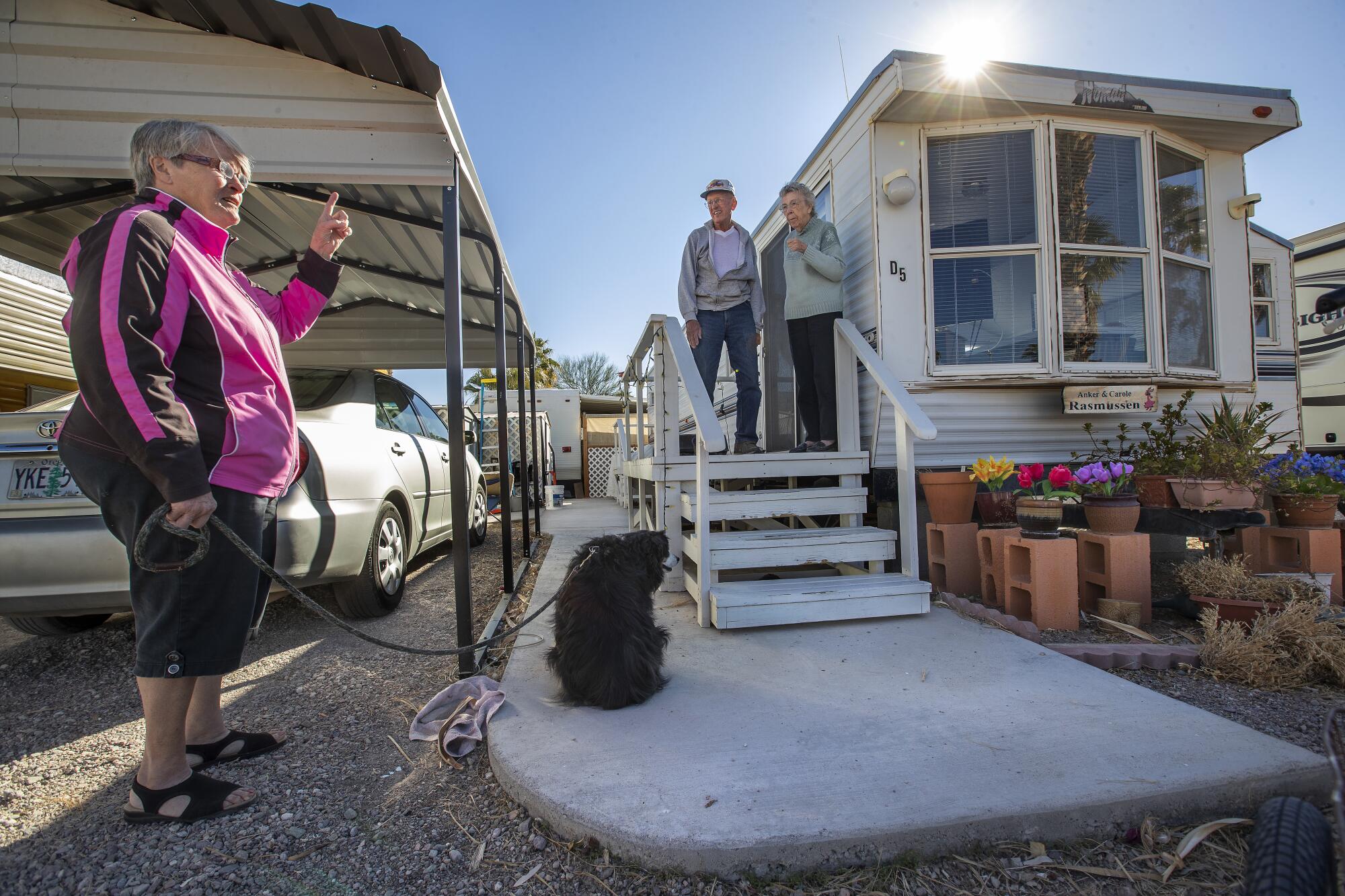
So, last month, when 500 doses arrived at a local vaccination site, Cron said, she did what felt like the best way to do her small part toward keeping her community safe: She called, made an appointment and showed up at the site and got her first dose.
“I fit the criteria, so in the spirit of public health, I got vaccinated,” she said through her cloth mask.
Still, some permanent residents find the entire situation frustrating.
Gerarda Grimes, who has lived a few miles outside Quartzsite for six years, said she believes locals should have gotten priority. Her bigger frustration, she said, stems from what she views as a lack of sufficient public messaging around the vaccine.
“There isn’t enough information,” said Grimes, 77, who added that she’d mainly seen vaccination information on Facebook. “A lot of people my age don’t know how to use Facebook, so it’s on others helping others and the government doing nothing.”
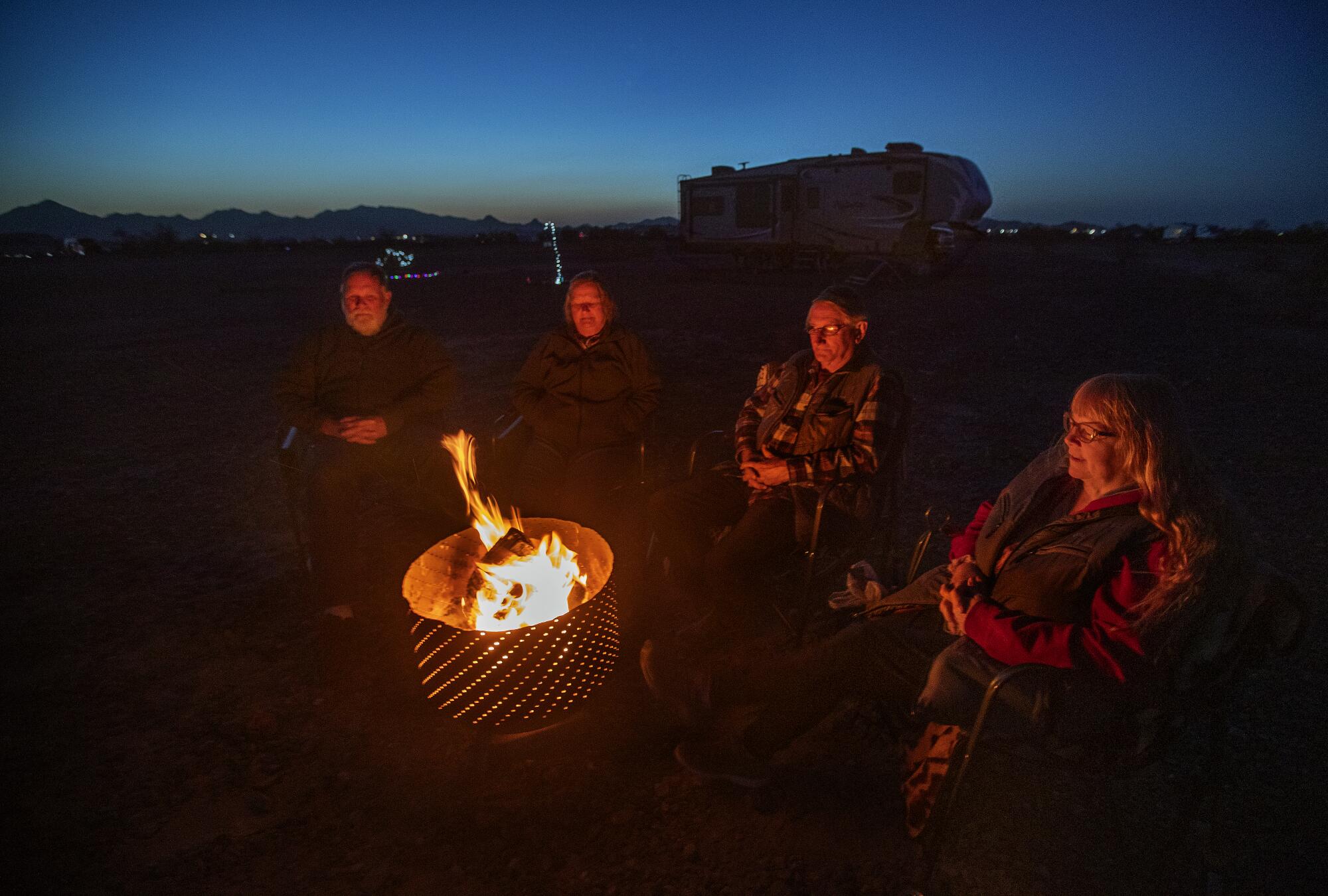
On a recent afternoon, outside the Family Dollar where Lane works, the parking lot was filled with out-of-state license plates. Inside, Lane walked the aisles stocking shelves with pens and air fresheners. He wore a KN95 mask and tried to keep as much distance as possible from shoppers, a tough task with narrow aisles.
Lane tries to keep a schedule in which he works mostly in the evenings so that he can make the two-hour drives to Phoenix during the daytime for doctor’s appointments. He suffered an aortic aneurysm last year and takes several medications.
“If anyone should have the vaccine, I would think someone with my health issues should have it,” he said. “I want it.”
The town’s population will quickly dwindle come spring, he said, and he’s confident that once that happens he’ll have an easier time booking an appointment.
And until then, Lane said, nodding over at a shopper whose mask had dropped below his nose, he hopes he doesn’t get sick.
More to Read
Start your day right
Sign up for Essential California for news, features and recommendations from the L.A. Times and beyond in your inbox six days a week.
You may occasionally receive promotional content from the Los Angeles Times.

